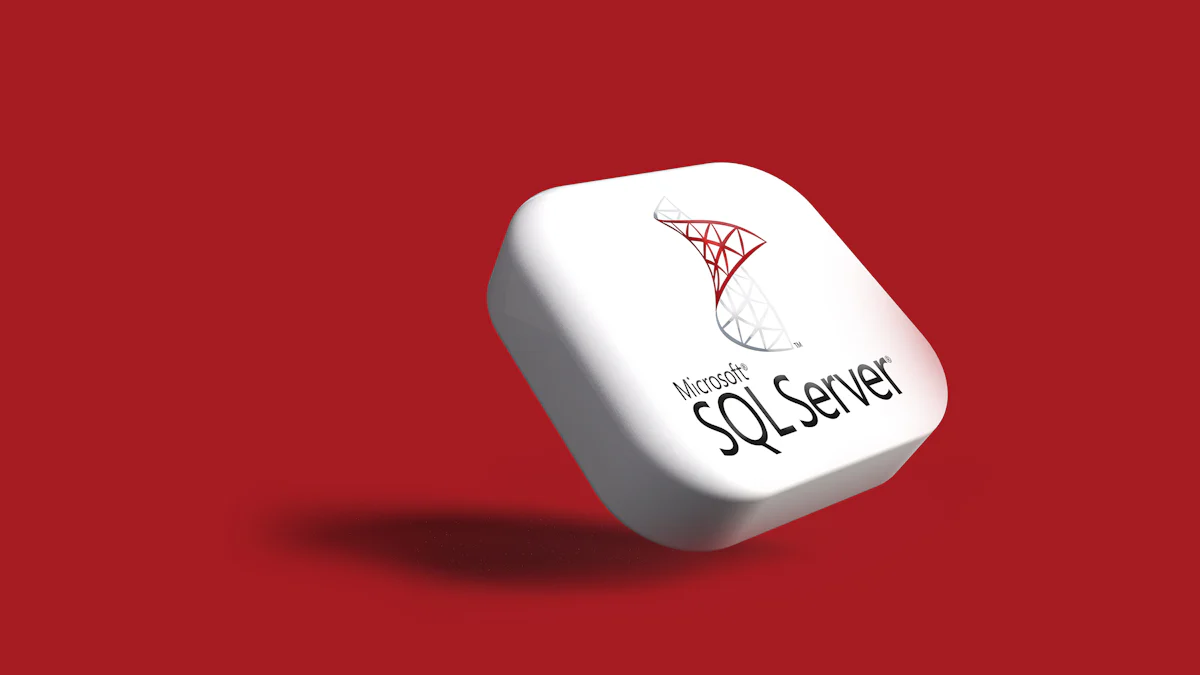# Understanding SQL and Databases
When delving into the realm of databases, SQL stands out as a pivotal player. But what exactly is SQL? It's not just another acronym; it's the language that wields immense power in managing databases efficiently. With over 40 years (opens new window) of history, SQL has proven its mettle in handling vast amounts of data with finesse.
Databases serve as the backbone for storing and organizing data, playing a crucial role in various applications. Within this framework, SQL databases excel at structuring information in a logical manner (opens new window), ensuring easy access and retrieval when needed. They adhere to predefined tabular schemas, making data management more systematic and streamlined.
In the grand scheme of things, SQL databases offer scalability and versatility, catering to a wide array of needs across different industries. Their ability to handle complex queries swiftly makes them an indispensable tool (opens new window) for businesses seeking efficient data management solutions.
Now that we've scratched the surface of what SQL and databases entail, let's dive deeper into creating your very own SQL database masterpiece.
# Your First Steps in SQL Database Creation
Now that you've grasped the essence of SQL and its significance in the database realm, it's time to embark on your journey of creating your very own SQL database. This section will guide you through the initial steps to set up your environment, craft your first database, and design tables tailored to your data needs.
# Preparing Your Environment for SQL
Before diving into database creation, it's essential to ensure you have the necessary software and tools at your disposal. One indispensable tool is SQL Server Data Tools (opens new window) (SSDT), a client tool designed for SQL Server users. SSDT facilitates the creation of database projects within Visual Studio, streamlining the development process.
# Crafting Your First SQL Database
The cornerstone of any database creation is the CREATE DATABASE command. This command lays the foundation for your SQL database, defining its structure and parameters. By executing this command, you initiate the birth of a new database within your SQL environment. Understanding this command is pivotal in kickstarting your database projects effectively.
# Understanding Database Tables (opens new window) and Their Importance
Database tables are fundamental components that organize data in a structured format. When designing tables for your database, consider the types of data you intend to store. Each table represents a specific entity or concept within your database schema (opens new window). Utilize SQL commands to create tables that align with your data storage requirements, ensuring efficient data management and retrieval.
# Managing and Using Your SQL Database
Now that you have laid the groundwork for your SQL database, it's time to delve into managing and utilizing its full potential. SQL empowers you to interact with your database efficiently, allowing you to perform a myriad of operations seamlessly.
# Inserting Data into Your Database
One of the fundamental tasks in database management is inserting data, and SQL simplifies this process with the INSERT INTO statement. This command enables you to add new records or rows into your database tables effortlessly. By specifying the table and values to be inserted, you can populate your database with relevant information systematically.
# Retrieving Data from Your Database
When it comes to retrieving specific information from your database, the SELECT statement reigns supreme in the realm of SQL commands. This powerful statement allows you to fetch data based on defined criteria, providing flexibility in extracting precise details from your tables. Whether you need a single record or a subset of data, the SELECT statement caters to your querying needs effectively.
# Updating and Deleting Data
Data maintenance is crucial in ensuring the accuracy and relevance of your database content. With SQL, updating existing records is a breeze (opens new window) using the UPDATE command. This command lets you modify data within your tables seamlessly, ensuring that your information remains up-to-date.
Similarly, when it's time to remove redundant or obsolete data, the DELETE command comes into play. By specifying the criteria for deletion, you can efficiently eliminate unwanted records from your tables, streamlining data management processes.
In essence, mastering these essential aspects of managing and utilizing an SQL database equips you with the skills needed to navigate through various data operations effectively.
# Wrapping Up
# Tips for Successful SQL Database Management
When it comes to SQL database management, ensuring smooth operations and safeguarding your data are paramount. Let's delve into some essential tips to enhance your database management practices.
# Regular Backups and Security Practices
Personal Experience:
In this article we cover the following database security best practices: Ensure Database User Accounts are Secure (opens new window).
Database security is a critical aspect that demands attention. Implementing robust security measures, such as securing user accounts and setting stringent access controls, fortifies your database against potential threats. Regularly backing up your database ensures that you can recover data in case of unexpected incidents or data loss. By adhering to backup schedules and encryption protocols, you bolster the resilience of your SQL database.
# Further Learning Resources
For those eager to deepen their SQL skills, exploring additional learning resources can be immensely beneficial. Here are some avenues to advance your proficiency:
Books: Delve into comprehensive guides like "SQL For Dummies" by Allen G. Taylor for foundational knowledge.
Websites: Websites like W3Schools and SQLZoo offer interactive tutorials and practice exercises to hone your skills.
Courses: Platforms like Coursera and Udemy provide online courses ranging from beginner to advanced levels, allowing you to tailor your learning journey.
By leveraging these resources, you can expand your expertise in SQL databases and stay abreast of industry trends and best practices.
In conclusion, mastering the art of SQL database creation and management opens doors to efficient data handling and informed decision-making. Embrace continuous learning and best practices to excel in harnessing the power of SQL databases effectively.
